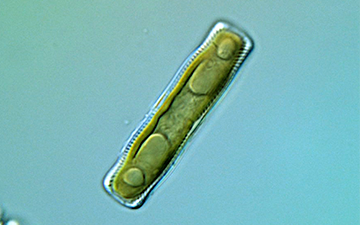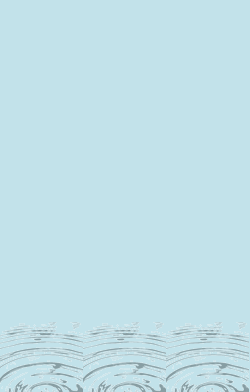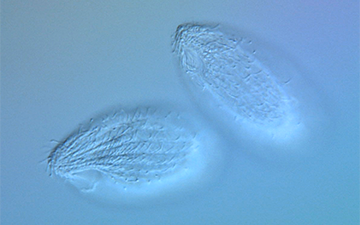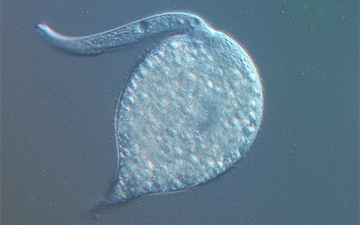Pond Biodiversity Deck (Beta)
2015 – (See Cards/Deck Info | Download | Purchase)…
This deck, hosted by the Keeling Lab at UBC, is a special microbial STARTER deck. It includes a variety of organisms that were found in a small riparian system outside the Beaty Biodiversity Museum in Vancouver, British Columbia. As such, it is a good representation of pond microbial biodiversity. Note the game is currently in beta as the scientific content is continually being vetted by experts. Note that the general game play is based on trophic connections that are all “black” in colour, and represented by the usual FOOD CHAIN numbers of 1 to 3. This game does not work with other PHYLO game systems.

Thecamoeba
Amoeba genus


7 POINTS
Play: Thecamoeba has a MOVE of 2, and is considered an HETEROTROPH.
Fact: Amoebas are often defined as unicellular organisms with no defined shape.

Pinnularia
Diatom group


2 POINTS
Play: Pinnularia is considered an AUXOTROPH.
Fact: Pinnularia are common form of phytoplankton and have cell walls made of slilica (called a frustule).

Rhizamoeba
Amoeba genus


4 POINTS
Play: Rhizamoeba has a MOVE of 2, and is considered an HETEROTROPH.
Fact: Amoebas are often defined as unicellular organisms with no defined shape.

Tetrahymena
Tetrahymena genus


4 POINTS
Play: Tetrahymena has a MOVE of 1, and is considered an HETEROTROPH.
Fact: Tetrahymena is a widely used model organism in biological research.

Rotifer
Rotifer Phyla


7 POINTS
Play: Rotifer has a MOVE of 1, and is considered an EUKARYOTROPH
Fact: The body of a Rotifer is divided into a head, trunk and foot, as well as being often cylindrical.

Rimaleptus
Dileptus genus


7 POINTS
Play: Dileptus has a MOVE of 1, and is considered an EUKARYOTROPH.
Fact: Dileptus has a prehensile probiscus that is loaded with toxins used to stun prey.